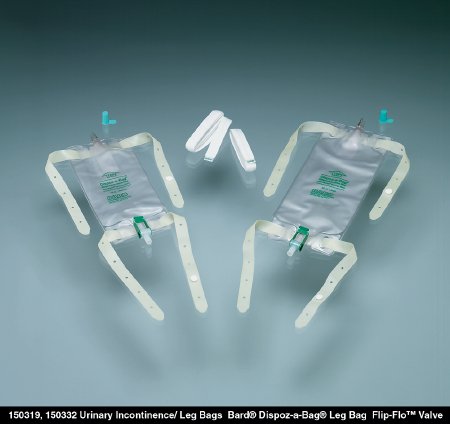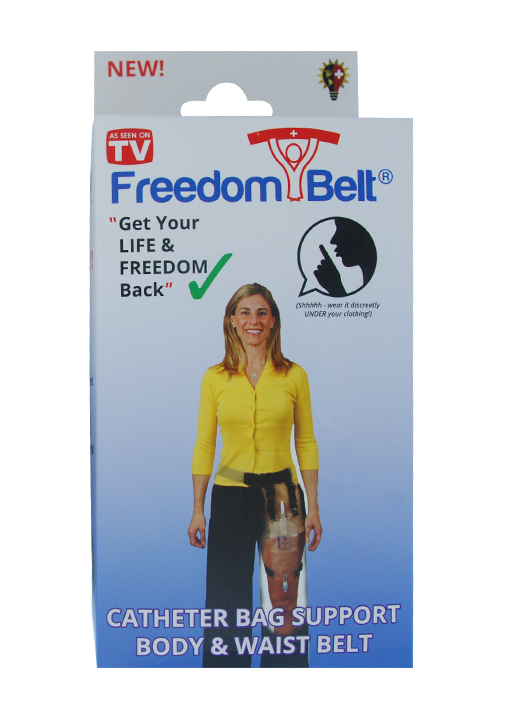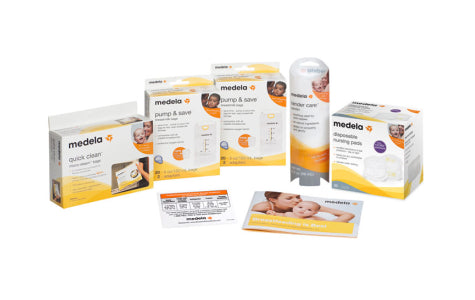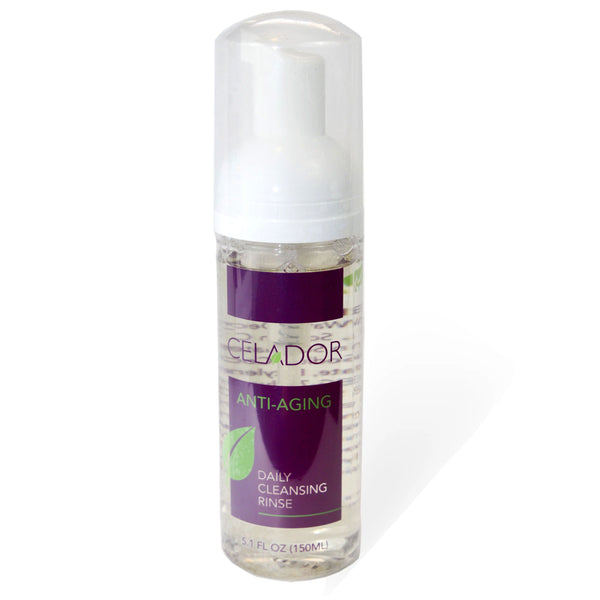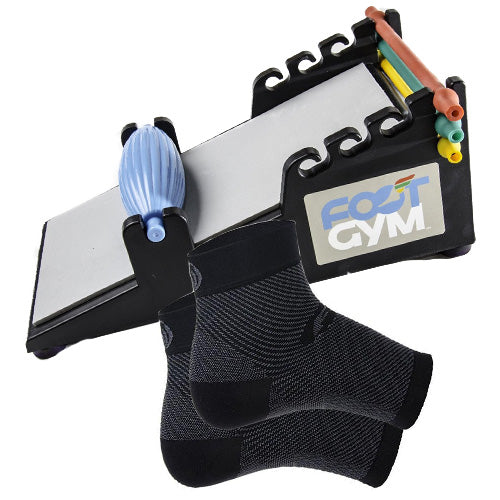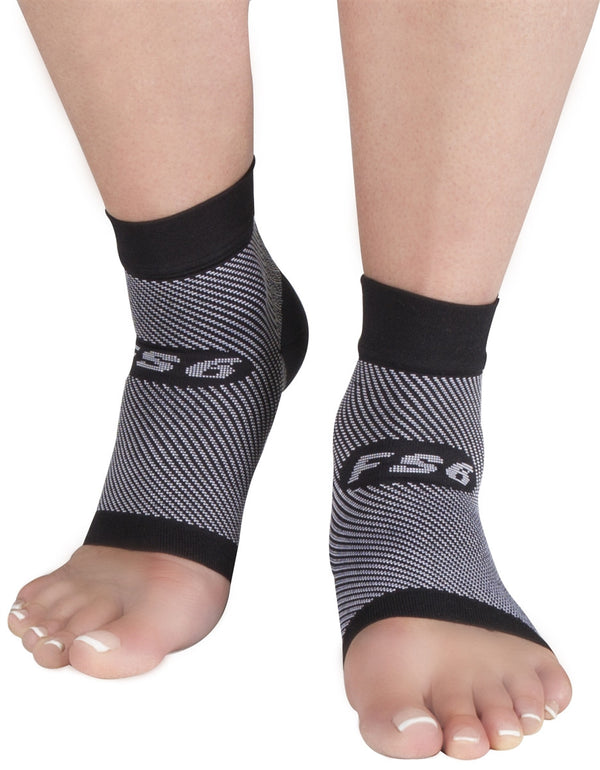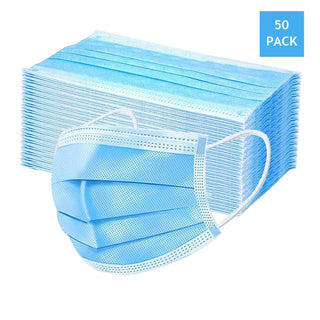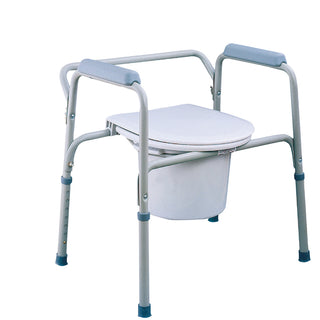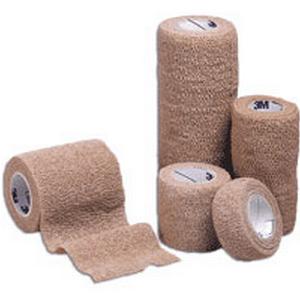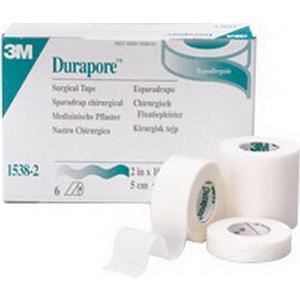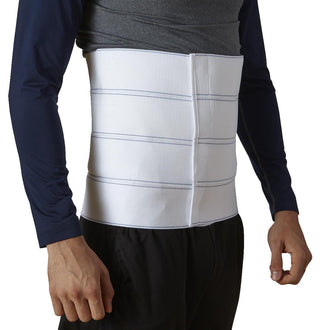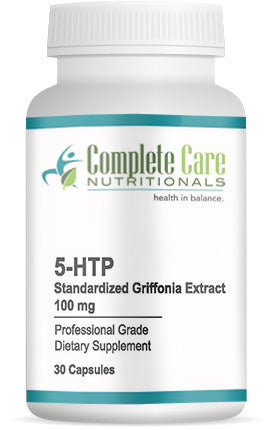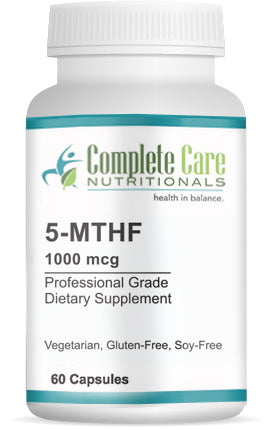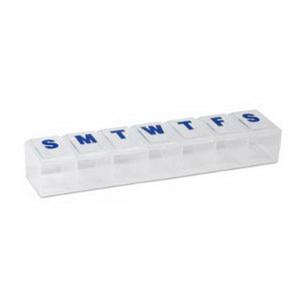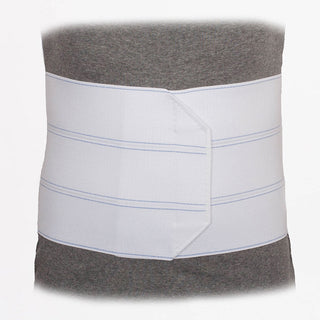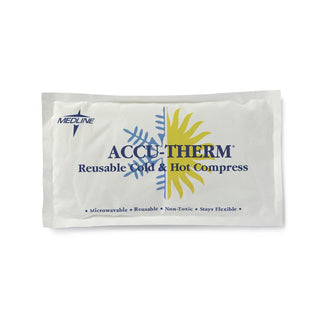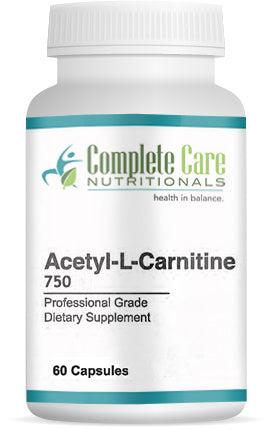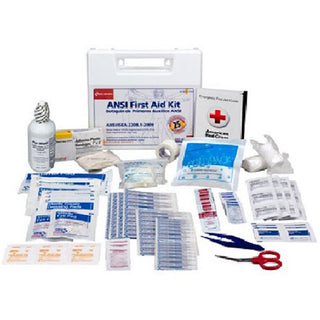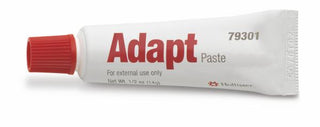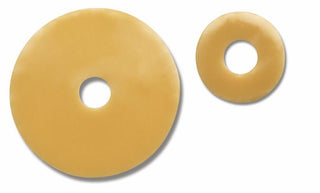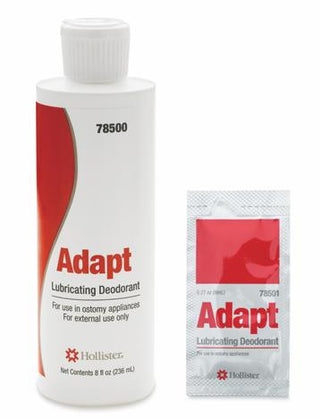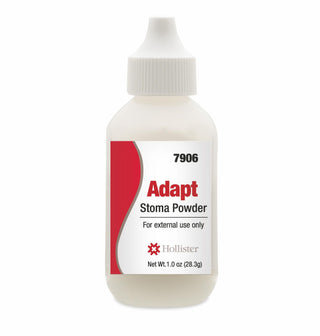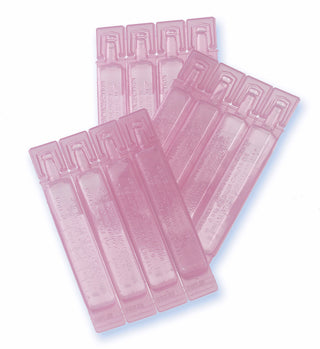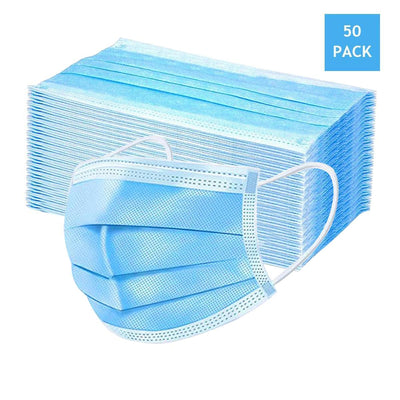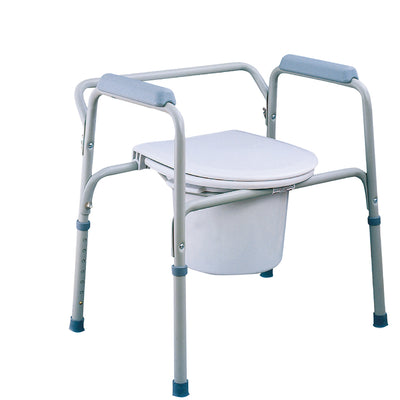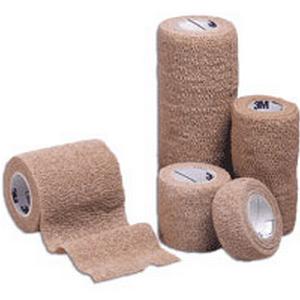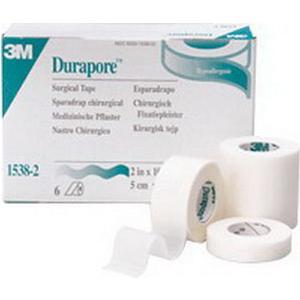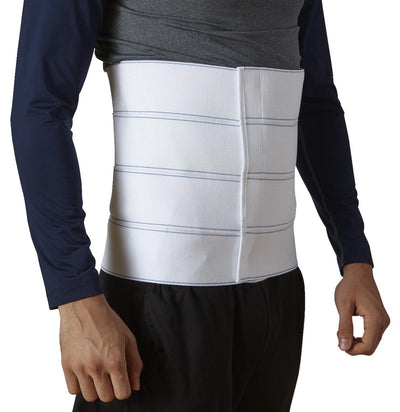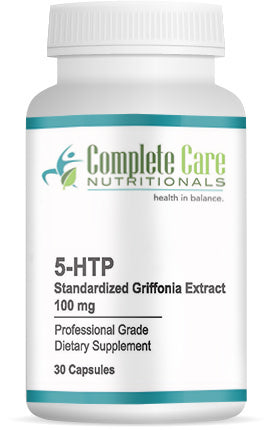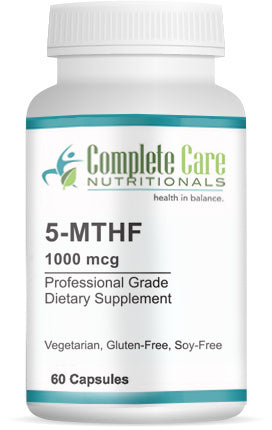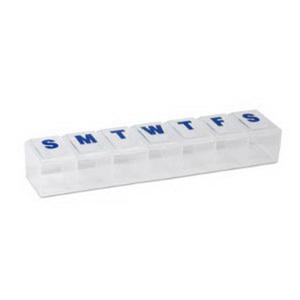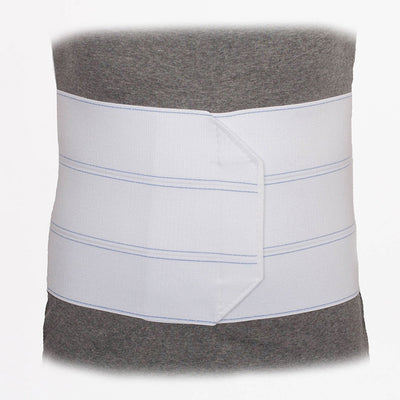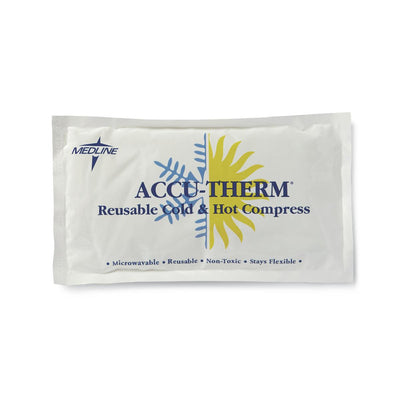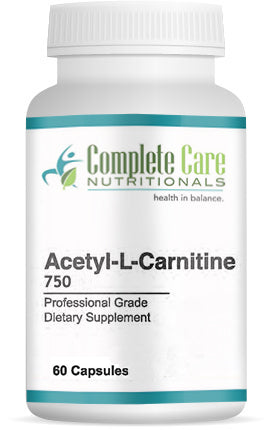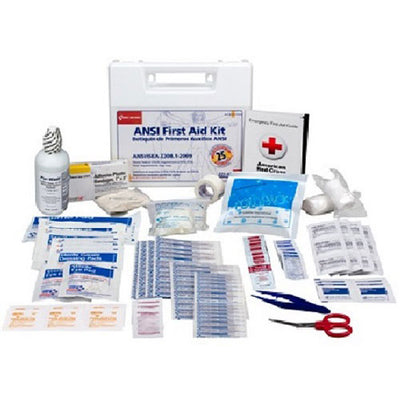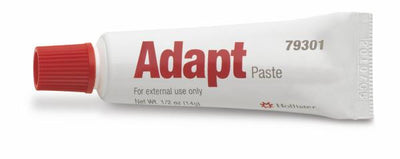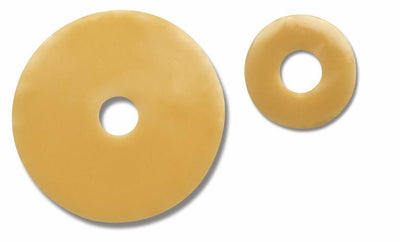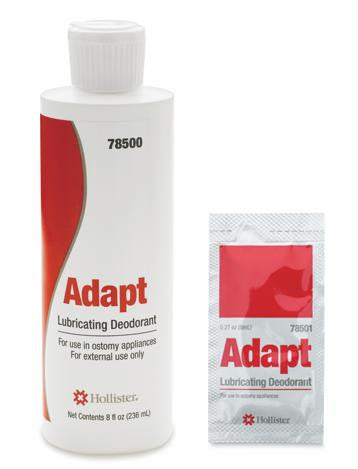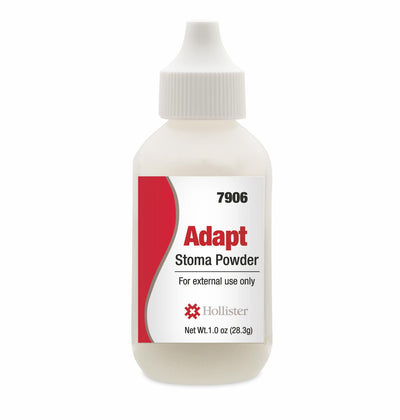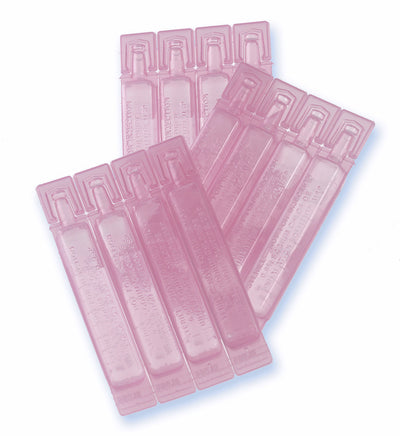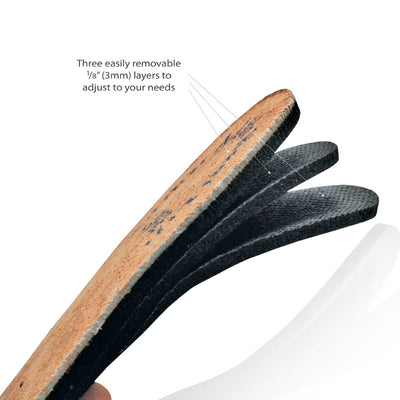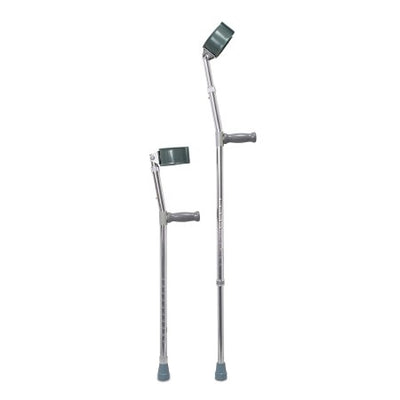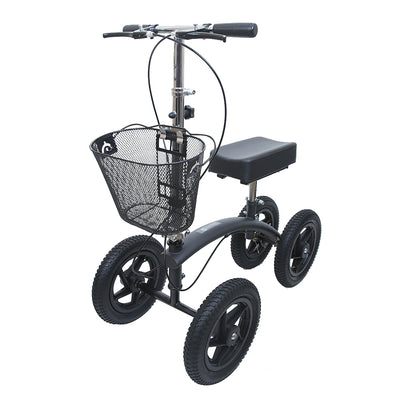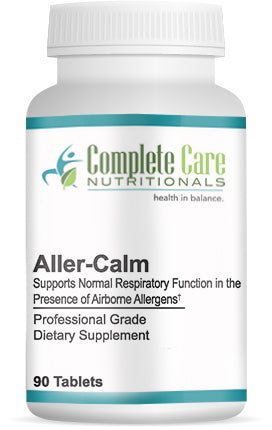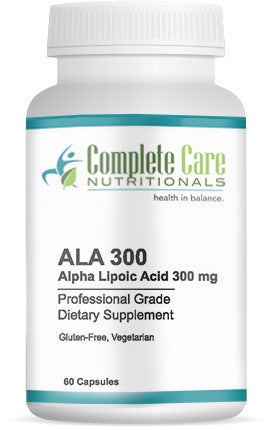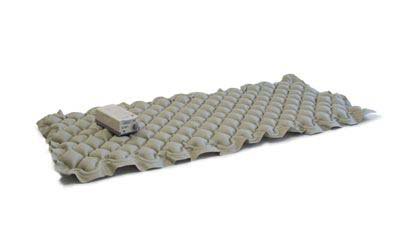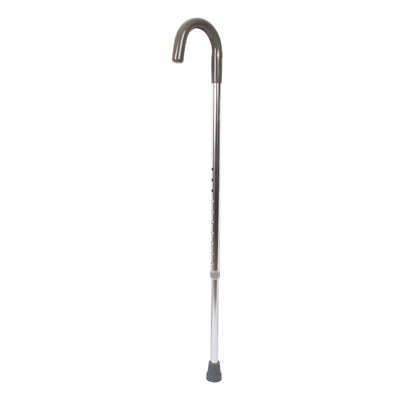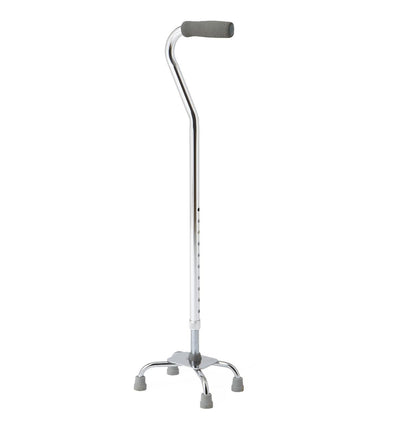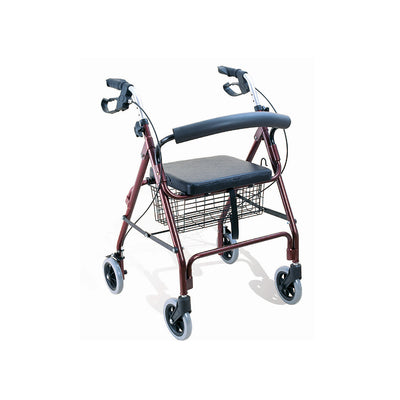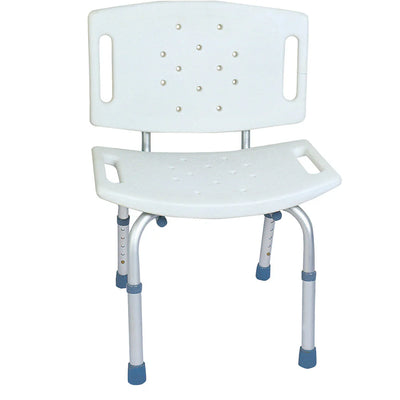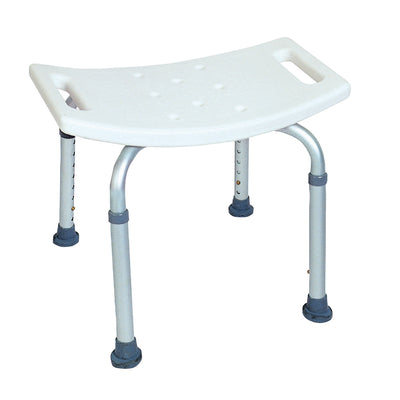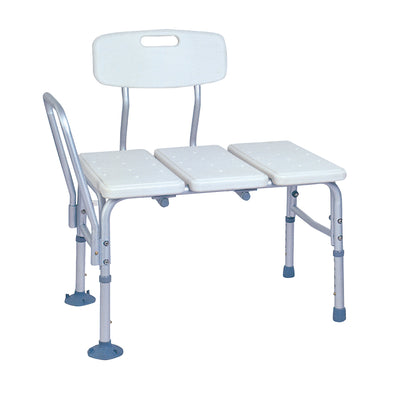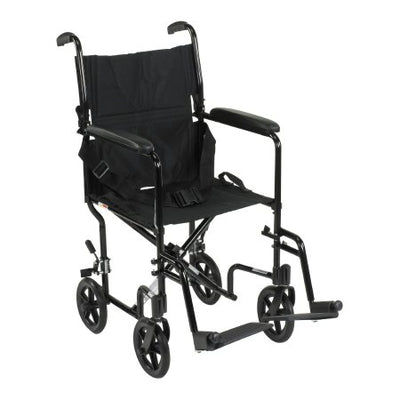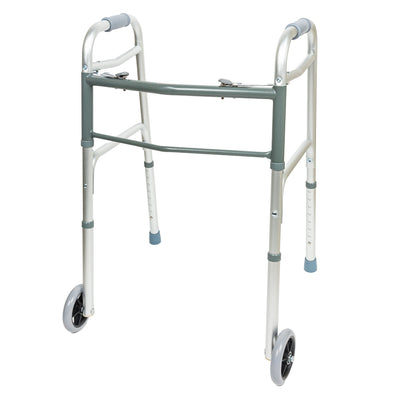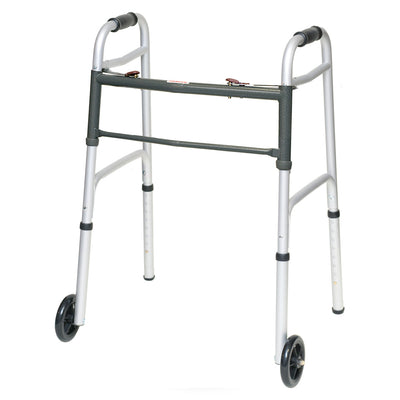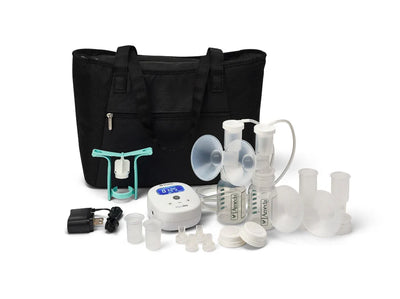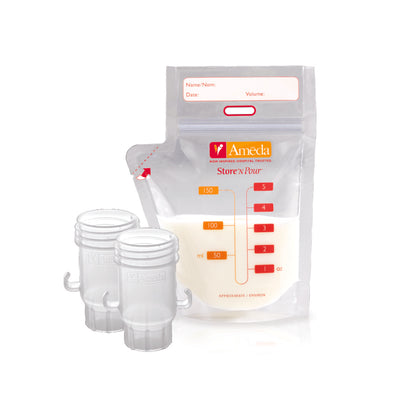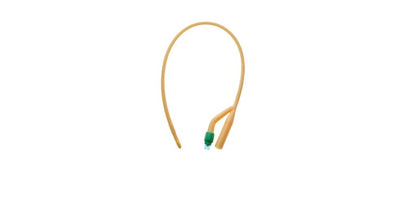Many people rely on Medicare for various medical needs, including urological supplies. If you're wondering, “Does Medicare cover these supplies?” the answer is YES. Let’s go over intermittent, Foley, and external catheters and catheter supplies to break down how Medicare handles these essential items.
Understanding Medicare’s Coverage for Urological Supplies
Medicare provides coverage for urological supplies under Medicare Part B as Durable Medical Equipment (DME). However, specific rules and quantities apply to different catheter types and their supplies.
Intermittent Catheter Coverage Explained
Intermittent catheters are often used multiple times per day to drain the bladder. Medicare typically covers up to 200 catheters per month. Here’s how it breaks down:
-
Lubricant: If the catheter is uncoated, Medicare will also cover enough lubricant for each catheter.
-
Prelubricated/Hydrophilic catheters: Medicare will cover 200 prelubricated/hydrophilic catheters. This will exclude the need for additional lubricant.
-
Coude Tip Catheters: Medicare will cover 200 Coude tip catheters, notes will need to support the need for a coude tip, (IE unable to pass straight tip catheter, BPH).
-
Closed System & Catheter Kits: Medicare will also cover 200 closed system catheters or 200 catheters with enough catheter kits. Notes and clinical labs will be needed to support need for closed systems or catheter kits, (IE 2 UTIs of different cultures, immunosuppressed).
-
Medicaid: If you have a Medicaid plan instead, the coverage may differ, limiting you to 150 catheters per month.
Indwelling or Foley Catheter Guidelines
Foley catheters are designed for long-term use and are typically left in place for weeks at a time. Medicare typically covers:
-
One Foley catheter per month
-
Two leg bags and two drain bags per month
Leg and drain bags help ensure urine is collected and safely stored without frequent emptying. Securement devices may also be provided to ensure the catheter stays in place.
External Catheters and Medicare Coverage
External catheters, often used by men, provide a non-invasive way to manage urinary issues. Medicare covers:
-
35 external catheters per month
-
Two leg bags and two drain bags per month
Like Foley catheters, securement devices may be needed to keep external catheters in place and functioning properly. We specialize in working with insurance to maximize your benefits for these supplies.
Does Medicare Cover Catheter Supplies Like Lubricants?
Yes! Medicare typically covers lubricants when they are necessary for the use of uncoated catheters. Additional supplies like gloves and antiseptic wipes may be covered if deemed medically necessary.
Can You Get More Than the Standard Allotment?
In certain situations, insurance plans—including Medicare Advantage plans—may approve additional supplies beyond the standard allotment. However, this is not guaranteed and depends on:
-
Supporting documentation from your healthcare provider explaining why more supplies are medically necessary.
-
Prior authorization from your insurance company, which may be required before receiving extra supplies.
Traditional Medicare and some Medicare Advantage plans will not cover more than the allowable, regardless of supporting documentation. We can help gather the necessary documentation and work with your doctor and insurance to secure any additional supplies you may need, if the plan allows. Contact us today!
How to Submit Documentation for Additional Coverage
If you need more than the allotted supplies, ask your doctor to provide detailed medical documentation explaining why the extra supplies are essential for your health. This documentation should outline any complications or conditions that necessitate additional supplies.
Common Pitfalls to Avoid When Applying for More Coverage
-
Incomplete Documentation: Ensure your doctor includes all necessary details in their letter and your clinical notes. This includes but is not limited to: the amount of times expected to cath a day (needs to equal the amount requested for the month, IE for 200 catheters, 6-7 times day), UTIs or other conditions, reason why cathing (retention of urine or urinary incontinence), if using coude tip must include “cannot pass straight tip, BPH, etc.
-
Late Requests: Submit your request for extra supplies as early as possible.
-
Lack of Follow-Up: If your request is denied, follow up to understand why and what corrections can be made.
Navigating Medicaid and Additional Options
If you have Medicaid, your coverage may vary depending on the state and specific plan. Additionally, some plans may allow for special authorizations to exceed standard limits, but approvals are not guaranteed. Our team is experienced in working with Medicaid and commercial plans and can help you navigate coverage, collect necessary documentation and advocate for additional supplies when necessary.
Medicare does cover a wide range of urological supplies, including intermittent, Foley, and external catheters, along with leg bags, drain bags, securement devices, and lubricants. While there are limits to how many supplies are covered each month. Stay proactive by understanding your coverage and working closely with your healthcare provider to avoid any unnecessary stress and contact us to help with navigating your benefits and equipment needs. We are experts in Urological Supplies and Insurance coverage and are here to help.








